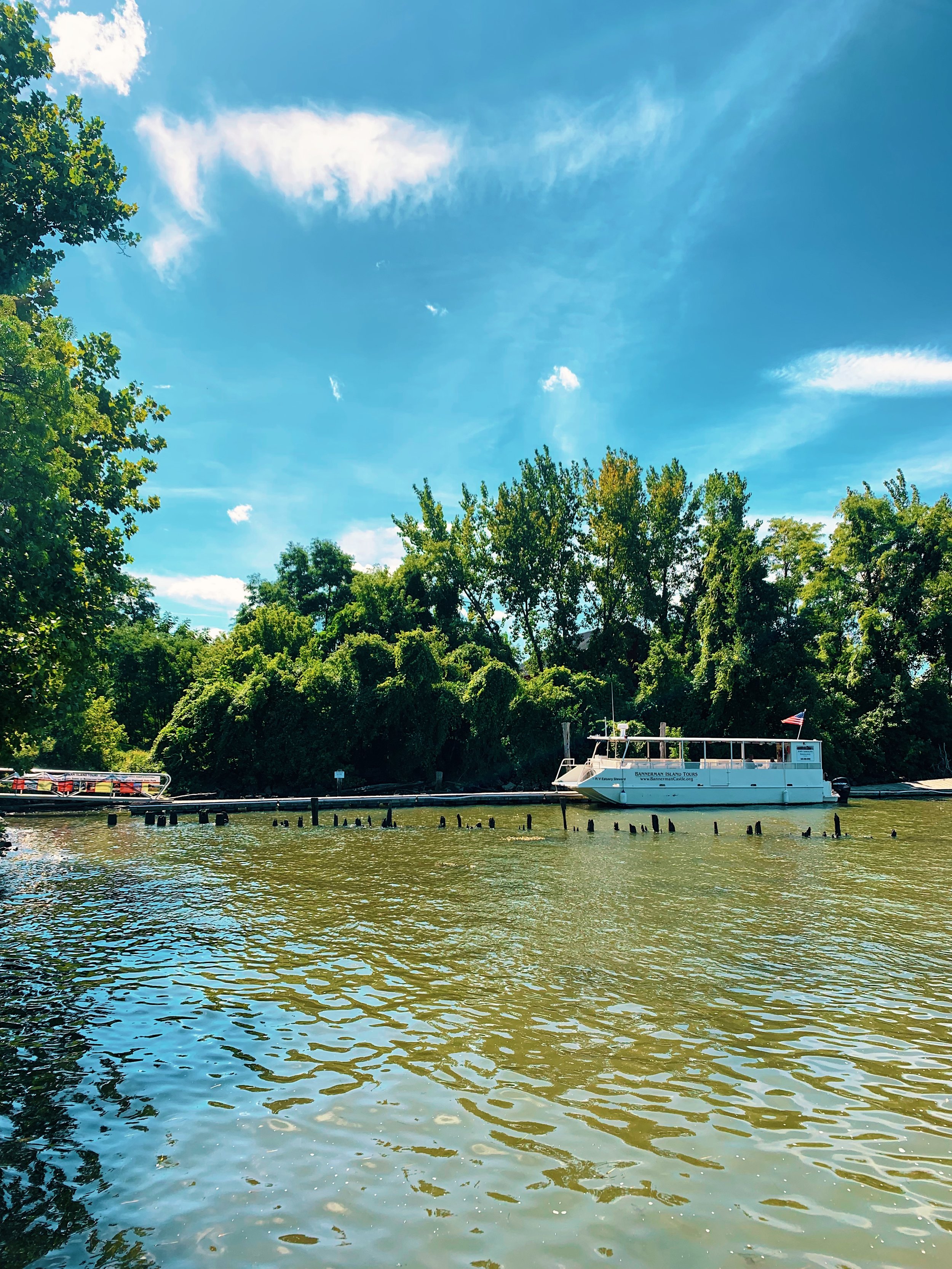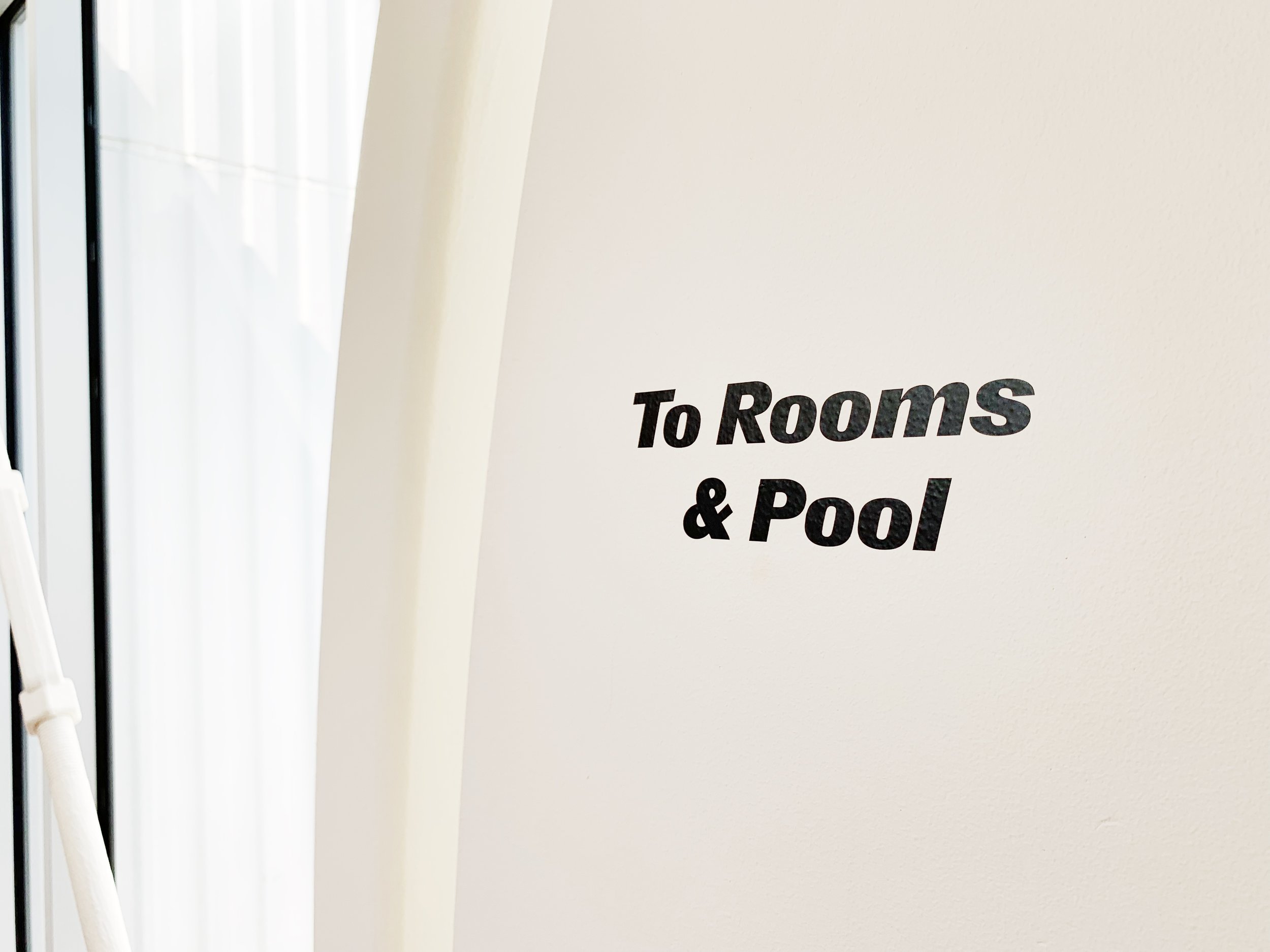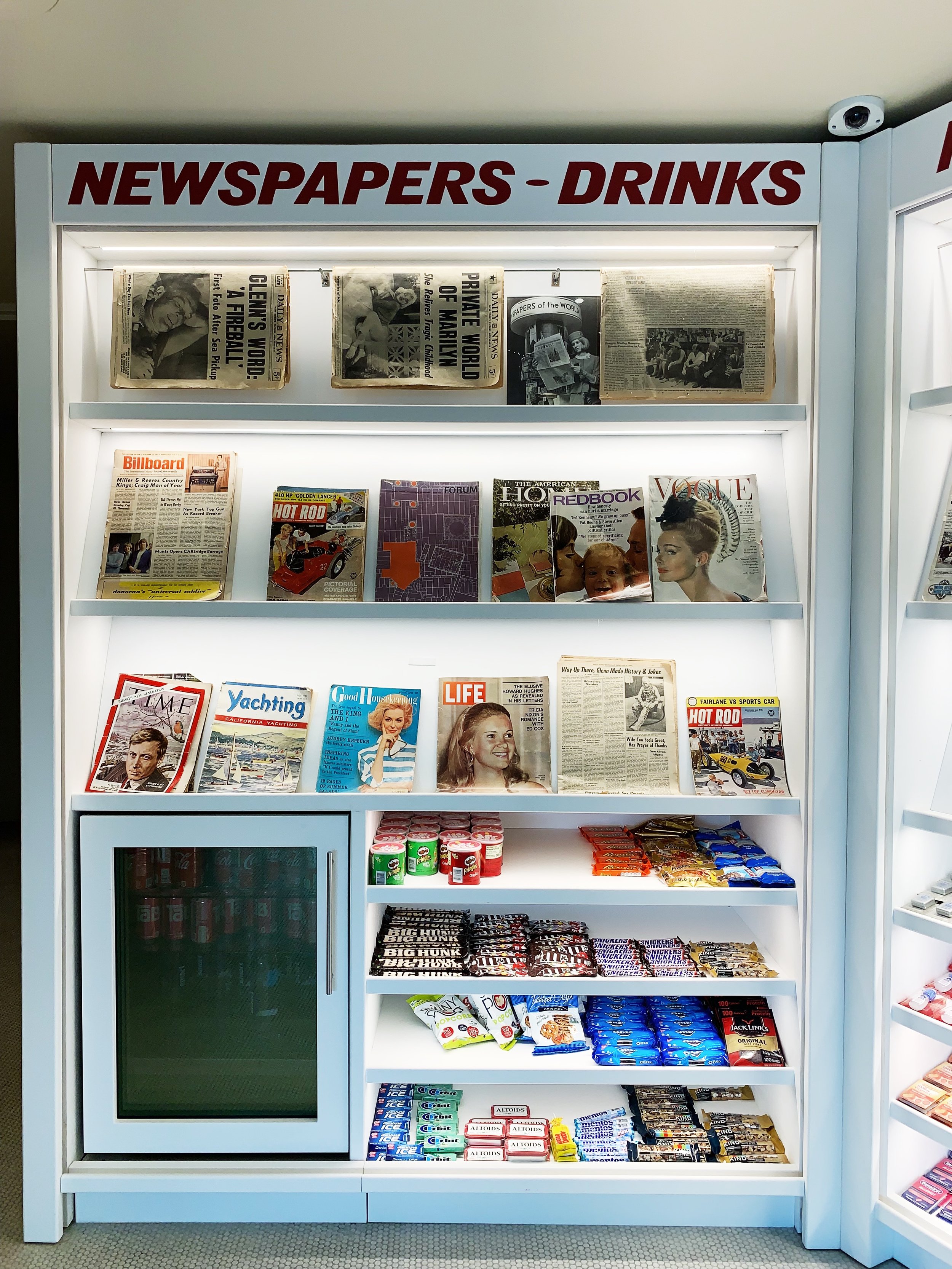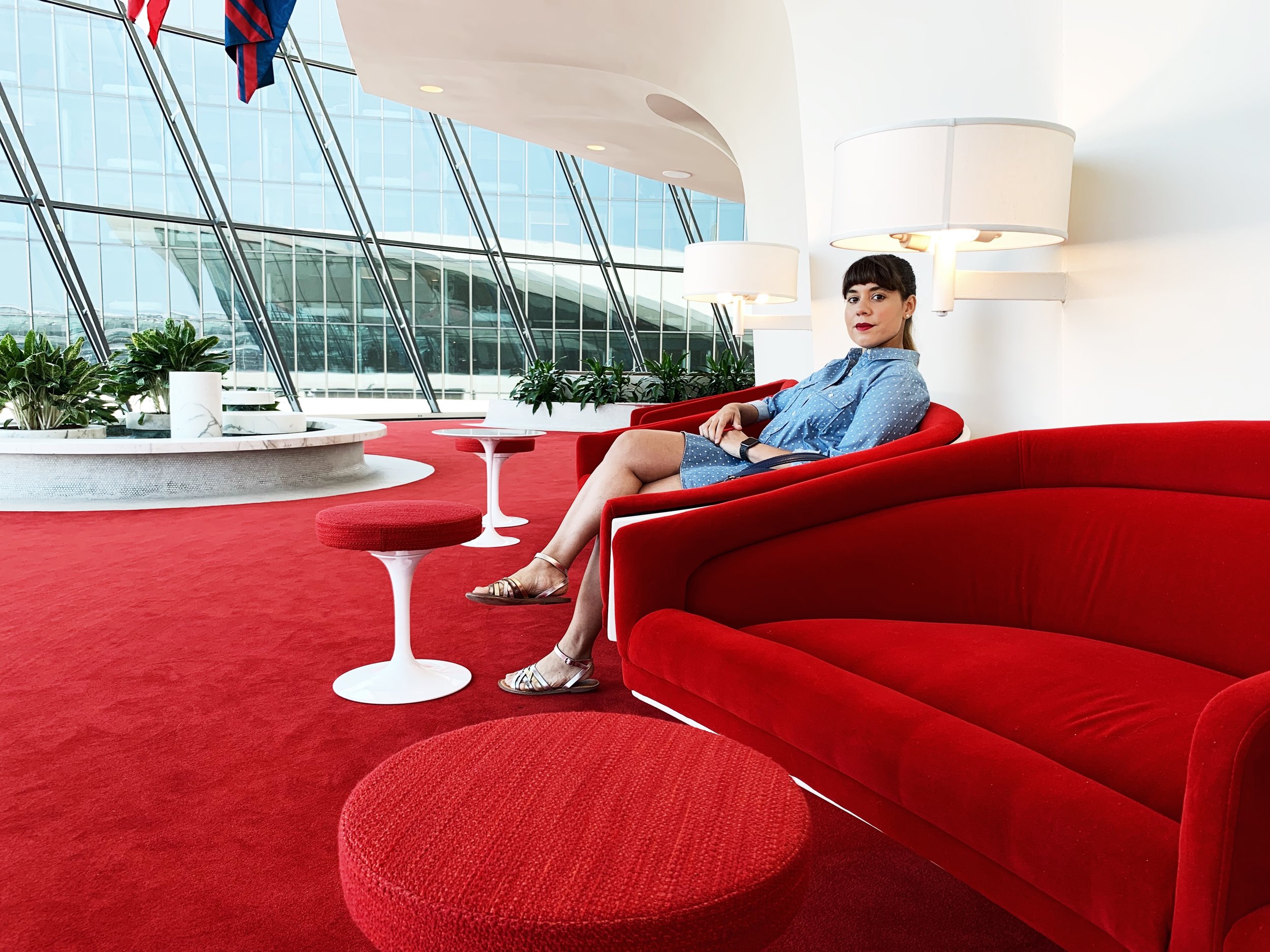A fresh breeze and the soft crashing of water against the hull brought on a wave of calm. It had just started to feel like autumn in the Hudson Valley. The air was crisp, but the sun was shining and a few seconds under it was enough to warm up.
The boat started to slow down and with a few yanks we came to a stop at Pollepel Island. There are many legends as to the origin of the name. One of them tells the story of a young woman called Polly Pell. She fell through the breaking ice of the river one winter and was rescued and brought to the island by her sweetheart. Prompting the villagers to name the island after her.
However it’s more likely that the word Pollepel came from the Dutch for “pot ladle”. Since the early Dutch explorers sailed by the island continuously as they made their way to their settlements up the river.
Today the name Pollepel remains the official name of the island, but most people know it as Bannerman’s Island. A name that comes from Frank Bannerman, the business mogul who bought the island for himself and build the castle.
At first glance, Bannerman Castle looks like a traditional castle. The towers at each corner, a moat and the battlements. But unlike regular castles, Bannerman Castle was not built as a residence. (At least not a typical residence). The building was home to an arsenal. A place to keep Frank Bannerman’s surplus of grenades, pistols, boots and uniforms.
You see, Frank Bannerman was in the business of war.
A native of Scotland, Frank Bannerman immigrated to the United States at the age of 3. His father established a business as a salesman of flags, rope and other used items auctioned off by the Navy. When Frank was 13-years-old, his father joined the Union army to fight in the Civil War and Frank took over the family business. He quickly realized the items he was selling as scraps could fetch a higher value if sold as military goods.
At the end of the Civil War, Frank bought many of the military goods the government sold off to be stripped off as scraps. But instead of selling them as scrap Frank created an Army-Navy Store. Then after the Spanish-American War, Frank bought 90% of the weapons and surplus military goods.
Frank Bannerman’s arsenal grew so much that the city was concerned with him keeping it all stored in Brooklyn, and asked him to move his warehouse.
That’s when he purchased Pollepel Island and built his warehouses in the shape of castles. Bannerman designed the castle himself, after some of the castles he saw on his trips to Europe and then had builders recreate his sketches on the island.
Eventually the Bannerman business declined. As the government placed more legislation on ownership of military equipment, the sales for Bannerman’s arsenal declined.
The weapons and paraphernalia remained on the island until New York State purchased it in 1967. The government removed a lot of the equipment, however in 1969 a fire destroyed whatever remained on the island. The Castle’s roof, floors and parts of the wall were also destroyed.
The island remained closed to the public for decades until the Bannerman Castle Trust gained the New York State’s government permission to stabilize the buildings remaining on the island and finally provide tours to the public.
During our hike up to the castle we journeyed through a series of dirt paths and rocky stairs and got a real sense of what it was like to be here in the late 1890s and early 1900s.
On the other side of the island a garden maintained by volunteers and the remnants of Bannerman’s personal home are flourishing once more.
Useful information:
The island is open to the public for hiking tours, kayaking tours, theatrical presentations, movies under the stars and a series of other events that take place during the warmer months.
Tour Tickets:
Adults (12+): USD$35
Children: USD$30
How to get there:
Take the Metro North Hudson Line to Beacon. Walk through the underpass to the riverside of the railway to find the pier from which the Bannerman Castle visits depart.
Website: https://bannermancastle.org/






















































